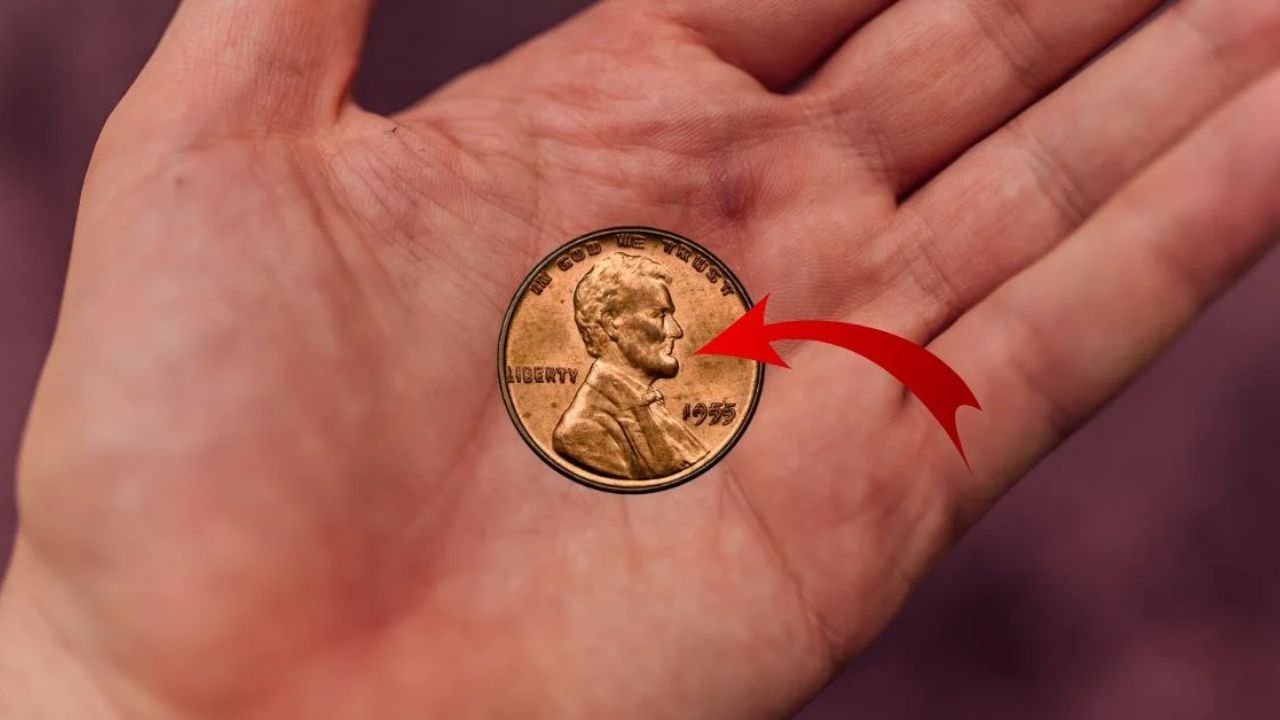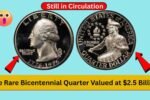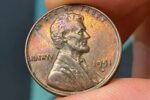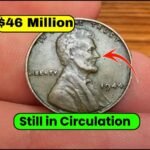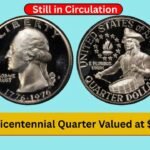Imagine finding a tiny copper coin in your change jar and discovering it’s worth over $224,000. Sounds unbelievable, right? Yet, this is the reality for one particular variety of the Lincoln Wheat Penny, a beloved collectible among numismatists. The 1958 Double Die Lincoln Penny is more than just a small piece of metal—it’s a coin collector’s dream, packed with history, rarity, and a minting mistake that has made it incredibly valuable.
This astonishing penny, minted over six decades ago, has sold for nearly a quarter of a million dollars at auction. The best part? Some of these coins might still be floating around in everyday circulation. Let’s dive into what makes this Lincoln Wheat Penny so special, how to spot one, and why collectors are willing to pay such a fortune for it.
What Is a Double Die Lincoln Wheat Penny?
A double die coin is created when the die used to stamp a coin is misaligned, resulting in a doubled image on specific parts of the coin. In the case of the 1958 Lincoln Wheat Penny, the doubling is visible in the inscriptions “In God We Trust,” “Liberty,” and the year “1958.”
This error wasn’t intentional, but for coin collectors, minting errors like these are pure gold—figuratively speaking. Unlike ordinary coins, these flawed pieces are often produced in extremely limited quantities, making them rare and highly sought-after. The Lincoln Wheat Penny, already cherished for its historical design, becomes a high-value treasure when paired with such a visible minting error.
Where Was the 1958 Double Die Lincoln Penny Minted?
This rare and valuable Lincoln Wheat Penny was minted in Philadelphia, which is important because coins from this mint typically do not carry a mint mark. So if you come across a 1958 Lincoln cent with no letter beneath the date, that’s actually a good sign.
Only a very small number of the double die 1958 pennies were struck, which is what makes them so valuable today. Estimates suggest fewer than three dozen of these coins are known to exist, increasing their value significantly at auctions.
Why Is This Lincoln Wheat Penny Worth $224,000?
What makes a small, copper penny worth as much as a luxury vehicle or even a house? Rarity, condition, and historical significance are the key factors.
- Rarity: Only a handful of 1958 Double Die pennies were minted and even fewer remain in uncirculated or pristine condition.
- Error: The doubling error is clearly visible, which increases the coin’s appeal among serious collectors.
- Condition: One of these coins, in top-notch condition, fetched $224,831 at auction—proving how much collectors value quality and uniqueness.
So, yes, a coin that originally cost just one cent can now fetch six figures. Incredible, isn’t it?
Also Read – $725 Monthly Stimulus Checks: Who Qualifies, When & How to Claim
How Can You Tell If You Have a 1958 Double Die Lincoln Penny?
Think you might have stumbled upon one of these rare coins? Here’s how you can check:
- Check the Date and Design: Look closely at the date “1958.” If the numbers appear slightly doubled, that’s your first clue.
- Examine the Text: The phrases “In God We Trust” and “Liberty” should also show signs of doubling.
- No Mint Mark: The coin should have no mint mark (no D or S) beneath the date.
- Condition: Coins in better shape are worth more. If yours looks barely used, it might be a jackpot.
If your coin checks all the boxes, don’t rush to spend it. Instead, have it professionally appraised by a trusted coin grading service like PCGS or NGC. A formal evaluation is the only way to confirm its authenticity and determine its market value.
Not Just a Coin — A Piece of History
The Lincoln Wheat Penny, especially the rare 1958 Double Die version, is more than just currency. It represents a slice of American history. Originally minted from 1909 to 1958, the Wheat Penny features President Abraham Lincoln on the front and two wheat stalks on the back—symbolizing America’s agricultural heritage.
These pennies were the first U.S. coins to feature a real person, and the design remained unchanged for nearly 50 years. The 1958 edition marked the end of the Wheat Penny series, adding another layer of historical importance to the coin. Combine that with a striking mint error, and it’s no wonder collectors are eager to get their hands on one.
Could You Have One in Your Pocket?
The idea that a Lincoln Wheat Penny worth $224,000 could still be in circulation may sound wild, but it’s not impossible. People often unknowingly spend old coins without realizing their value. If you live in the U.S., or travel through coin-rich states like Georgia, keep an eye out—some folks have reportedly found valuable pennies in change jars, coin rolls, or while metal detecting.
So the next time you’re sorting through spare change, pay close attention to older pennies—especially ones from 1958. That tiny, overlooked coin might just be your golden ticket.
Conclusion
The story of the 1958 Double Die Lincoln Wheat Penny is a fascinating reminder that valuable treasures can be hiding in plain sight. Whether you’re a seasoned numismatist or someone who simply loves collecting old coins, this rare penny stands as one of the most exciting finds in U.S. coin history. With a value reaching $224,000 or more, this coin is living proof that even the smallest artifacts can carry immense worth.
Don’t underestimate your spare change. Keep your eyes open—you could be one coin away from an unforgettable discovery.
FAQs About the Lincoln Wheat Penny
Q1. What is the Lincoln Wheat Penny?
A: It’s a U.S. one-cent coin minted from 1909 to 1958, featuring Abraham Lincoln on the front and wheat stalks on the reverse.
Q2. Why is this particular Lincoln Wheat Penny worth $224,000?
A: Its value comes from a rare double die error, extremely limited mintage, and excellent condition.
Q3. Is the Lincoln Wheat Penny still in circulation?
A: Yes, while rare, some are still found in coin jars, collections, or even regular pocket change.
Some Important Link
| Telegram Group | Click Here |
| WhatsApp Group | Click Here |
| Home Page | Click Here |
